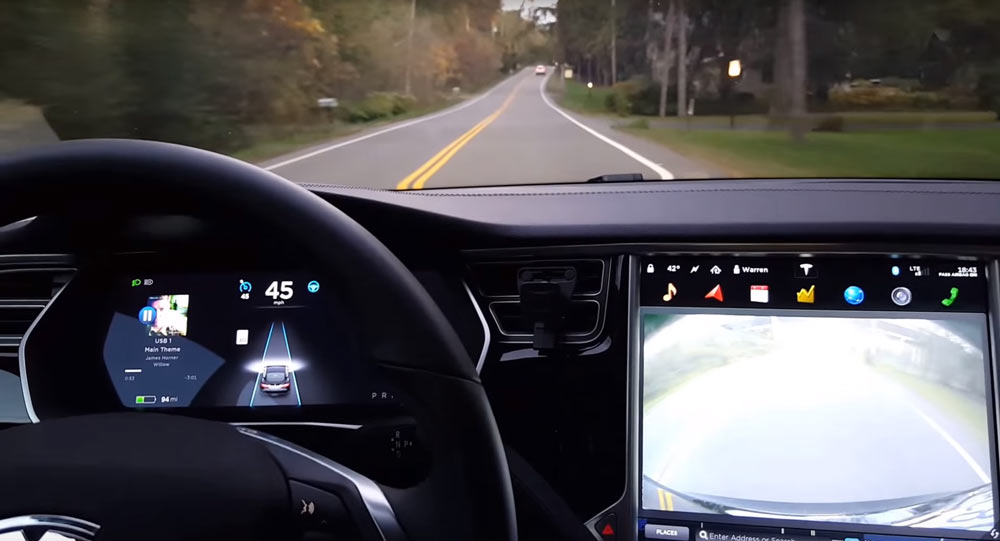Even though advanced driver assistance systems such as Tesla’s Autopilot will allow drivers to take their hands off the wheel, accidents still underscore the importance of drivers needing to remain alert.
The NTSB said that the driver who was killed on-board a Model S in May 2016 kept his hands on the wheel for just 25 seconds during a 37 minute section of the 41-minute trip.
This is why cameras, sensors tracking eye motion and steering wheel monitors are so important. In order to get everything right, even companies like General Motors had to delay the introduction of their very own driver assistance tech.
Set to go on sale this fall, GM’s driver assistance tech, dubbed Super Cruise, features a driver attention function thanks to a small camera that focuses on the driver and works with infrared lights to track head position, as reported by Reuters.
If this system (using facial recognition software) detects the driver is not paying attention to the road, it will prompt him or her to return attention, otherwise alerts will keep escalating. If in the end the driver still doesn’t respond to all the visual, tactile and audible alerts, the vehicle will be brought to a controlled stop.
Back in September, Tesla unveiled new restriction for their Autopilot tech, where the updated system temporarily prevents drivers from using the self-driving function if they do not respond to audible warnings to take back control of the vehicle. According to Elon Musk, the car will sound warnings if drivers remove their hands from the steering wheel for more than a minute at speeds above 45 mph (72 km/h) when there’s no vehicle ahead. The system then turns itself off until the car is parked if the driver ignores three audible warnings in an hour.
The Tesla boss added that autopilot-related accidents are far more likely to happen for expert users of the system.
“It’s not the neophytes, it’s the experts. They get very comfortable with it and repeatedly ignore the car’s warnings and in effect it becomes like a reflex action.”







